For millennia, food has been more than mere sustenance; it’s a cultural touchstone, a historical record, and a deeply personal experience. Yet, the flavors of the past are often elusive. Recipes, passed down through generations, are fragile things, vulnerable to misinterpretation, loss, and the relentless march of time. This article delves into the fascinating world of lost recipes, exploring how they’ve been discovered, reconstructed, and what they reveal about the lives of those who came before us.
The Fragility of Culinary Tradition
Before the advent of widespread literacy and standardized measurements, recipes existed primarily as oral traditions. Grandmothers whispered instructions to daughters, chefs guarded secrets within their kitchens, and knowledge was often tied to specific locations and ingredients. This reliance on memory meant recipes were susceptible to change, evolving with each retelling and adapting to available resources. Imagine a recipe for a Roman moretum (a cheese and herb spread) – how accurately could it be transmitted through centuries of verbal communication, especially as ingredients and culinary techniques shifted?
Even when recipes were written down, challenges remained. Early cookbooks were often aimed at educated elites, using cryptic language, assuming a certain level of culinary expertise, and frequently omitting crucial details. Measurements were rarely precise, relying on vague terms like “a handful,” “a pinch,” or “sufficient.” Understanding these historical measurements is a crucial part of reconstruction, as we explore in The Surprisingly Consistent Science of Historical Recipe Measurements. Furthermore, the availability of ingredients drastically impacted what could be prepared. A medieval European recipe calling for spices from the East was a luxury only accessible to the wealthy, and its recreation today requires careful consideration of cost and authenticity.
Unearthing the Past: Sources of Lost Recipes
Despite the obstacles, fragments of culinary history survive in a variety of sources. Here’s where we often find glimpses into the kitchens of the past:
- Ancient Texts: Clay tablets from Mesopotamia (dating back to 1750 BC) contain some of the earliest known recipes, primarily for beer and stews. Egyptian tomb paintings depict food preparation scenes, offering clues about their diet.
- Medieval Manuscripts: Monasteries were often centers of learning and preservation, and their libraries hold numerous manuscripts containing recipes. Apicius, a collection of Roman recipes compiled in the late 4th or early 5th century AD, is a cornerstone of culinary history.
- Renaissance Cookbooks: The Renaissance saw a flourishing of culinary literature, with elaborate cookbooks produced for aristocratic households. Bartolomeo Scappi’s Opera dell’arte del cucinare (1570) is a particularly comprehensive example.
- Household Records & Diaries: Personal accounts, such as diaries and household accounts, often include details about meals and recipes used within families. These sources offer a more intimate perspective on everyday cooking.
- Archaeological Evidence: Analysis of pottery shards, food residues, and even ancient latrines can reveal information about the ingredients and cooking methods used in the past.
Notable Examples of Recipe Reconstruction
Roman Apicius
The recipes in Apicius are notoriously difficult to interpret. They often lack precise measurements and use ingredients that are no longer readily available or have changed significantly over time. However, scholars have painstakingly reconstructed many of these dishes, relying on historical context, archaeological evidence, and experimentation. Recreating a Roman feast reveals a surprising sophistication, with complex sauces, elaborate presentations, and a fondness for exotic spices.
Medieval European Cuisine
Medieval cuisine was heavily influenced by the seasons and the availability of local ingredients. Recipes from this period often feature game meats, root vegetables, and spiced wines. Reconstructing these dishes requires understanding the techniques of medieval cooking, such as spit-roasting, stewing in earthenware pots, and the use of herbs and spices for both flavor and preservation. The Forme of Cury, a 14th-century English cookbook, provides a fascinating glimpse into the culinary world of the English court.
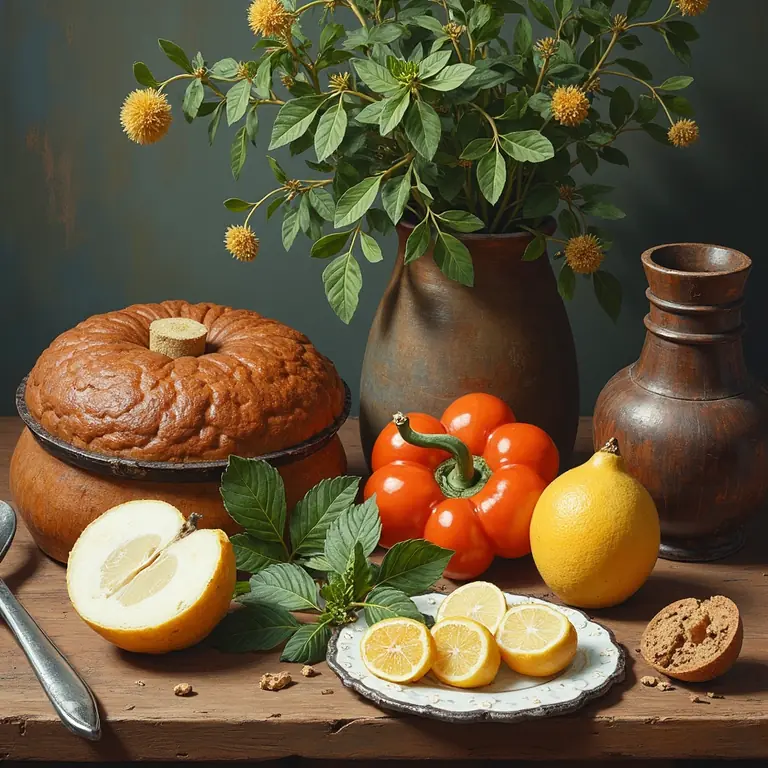
Aztec Chocolate
Before Europeans encountered it, chocolate was a sacred beverage enjoyed by the Aztecs. It wasn’t the sweet treat we know today, but a bitter, frothy drink flavored with chili peppers, spices, and herbs. Reconstructing this ancient chocolate drink involves understanding the Aztec methods of processing cacao beans and the cultural significance of the beverage. It’s a far cry from a modern hot chocolate, offering a spicy and stimulating experience.
The Challenges of Authenticity
Reconstructing lost recipes isn’t simply about following instructions. It’s about attempting to recreate a specific culinary experience within a particular historical context. However, complete authenticity is often impossible.
- Ingredient Substitution: Many historical ingredients are no longer available or have changed genetically over time. For example, the apples of Roman times were likely smaller and more tart than modern varieties. Choosing appropriate substitutes requires careful research and judgment.
- Cooking Technology: The tools and techniques used in the past were different from those available today. Cooking over an open fire imparts a different flavor than cooking in a modern oven. Replicating these conditions can be challenging.
- Taste and Preference: Our palates have evolved over time. What tasted delicious to a medieval peasant might not appeal to a modern diner.
Despite these challenges, the act of reconstruction can provide valuable insights into the past. It forces us to think critically about ingredients, techniques, and the cultural context of food.
The Intersection of Food and Other Disciplines
The study of lost recipes isn’t confined to the culinary arts. It intersects with a wide range of disciplines, offering a unique perspective on history, archaeology, anthropology, and even art history.
Consider the connection between food and astronomy. Medieval and Renaissance banquets were often themed around the planets and constellations. Understanding the astrological beliefs of the time can shed light on the symbolism and significance of certain dishes. The study of celestial globes, like those explored in The Curious Mechanics of Celestial Globes, provides a fascinating parallel to the intricate world of historical cuisine.
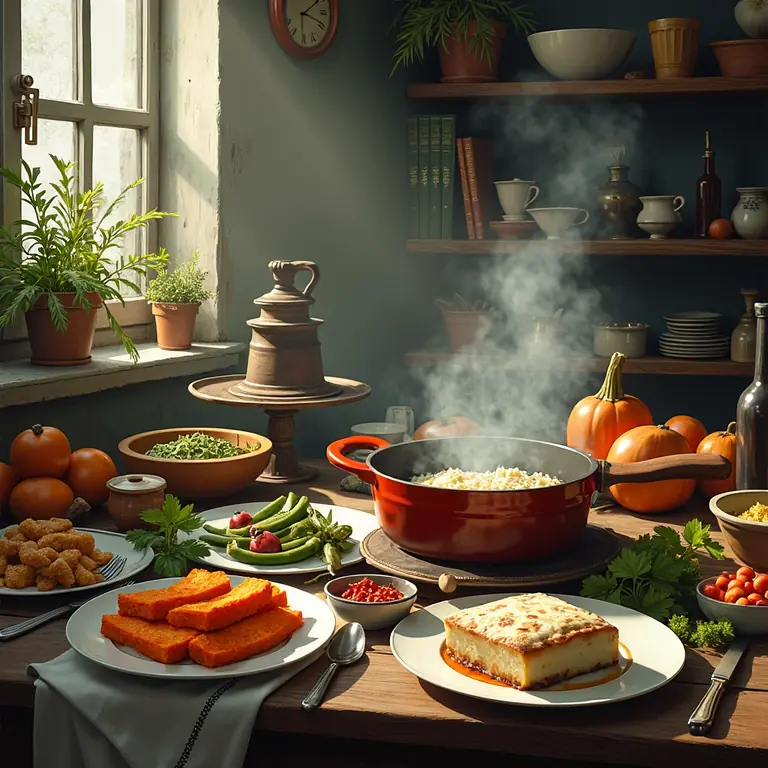
Similarly, the construction of elaborate automatons – miniature mechanical theaters – during the 18th and 19th centuries (as detailed in The Curious Mechanics of Automaton Theatre) reflects a similar desire for precision, artistry, and spectacle that characterized high-end culinary practices of the time.
The creation of pigments for illuminating manuscripts and paintings (explored in The Curious Chemistry of Lost Colors) shares a common ground with the preparation of natural dyes used to color foods and beverages in the past. Both rely on a deep understanding of chemistry and the properties of natural materials.
Even the art of celestial navigation, detailed in The Curious Chronicle of Celestial Navigation, required precise record-keeping and an understanding of measurements – skills that were also essential for successful recipe-keeping and culinary experimentation.
The Modern Revival of Lost Recipes
In recent years, there’s been a growing interest in recreating and celebrating lost recipes. Food historians, chefs, and passionate home cooks are dedicating themselves to unearthing culinary treasures from the past. This revival is driven by a desire to connect with our ancestors, to understand different cultures, and to rediscover flavors that have been forgotten.
Social media platforms and online communities have played a significant role in this movement, allowing enthusiasts to share their discoveries, exchange ideas, and collaborate on recipe reconstructions. YouTube channels and documentaries, like the one embedded below, further fuel this interest.
The Future of Lost Recipes
The quest to uncover and recreate lost recipes is an ongoing process. As new archaeological discoveries are made and historical texts are re-examined, we can expect to learn even more about the culinary traditions of the past. Advances in food science and analytical techniques will allow us to better understand the composition of historical ingredients and the effects of different cooking methods.
Furthermore, the increasing awareness of the importance of food heritage will encourage more people to preserve and celebrate their own culinary traditions. By sharing recipes, stories, and techniques, we can ensure that these culinary treasures are not lost to future generations.
Ultimately, the study of lost recipes is more than just a culinary exercise. It’s a journey through time, a window into the lives of those who came before us, and a reminder that food is a powerful force that connects us to our past, present, and future.
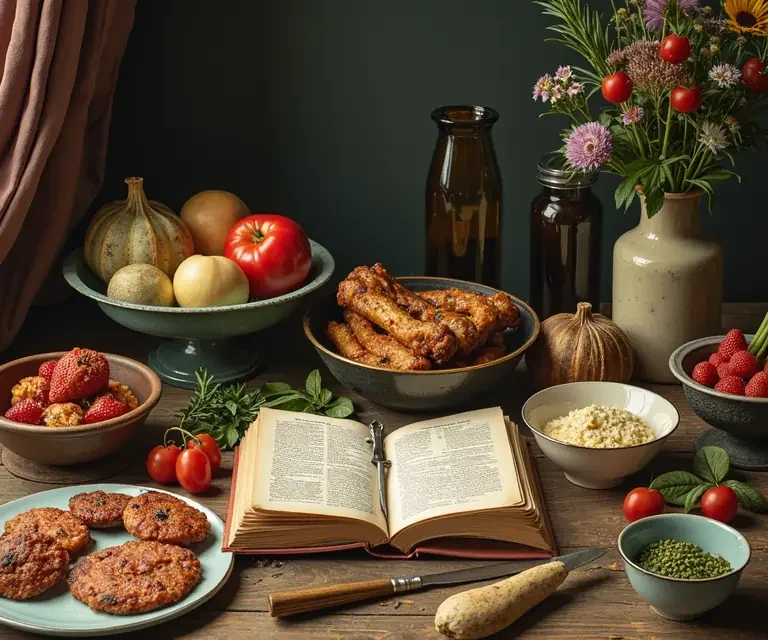

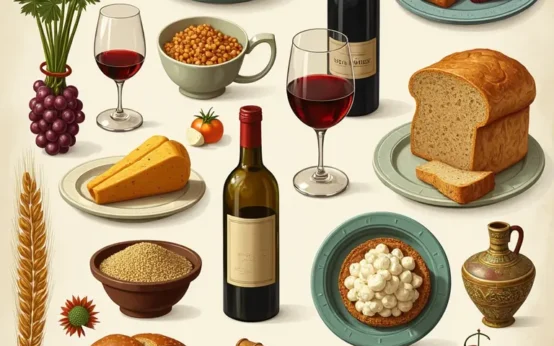 The Surprisingly Consistent Etymology of Food Names: From Origins to Our Plates
The Surprisingly Consistent Etymology of Food Names: From Origins to Our Plates 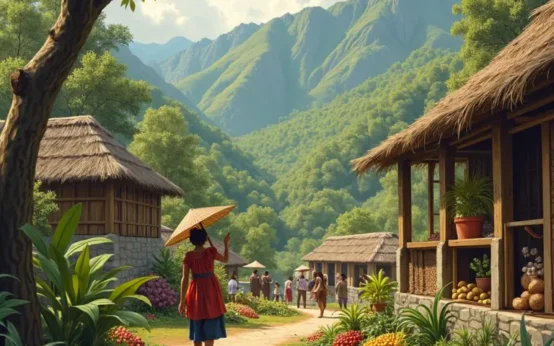 Culinary Curiosities: The Unexpected Origins of Common Foods
Culinary Curiosities: The Unexpected Origins of Common Foods